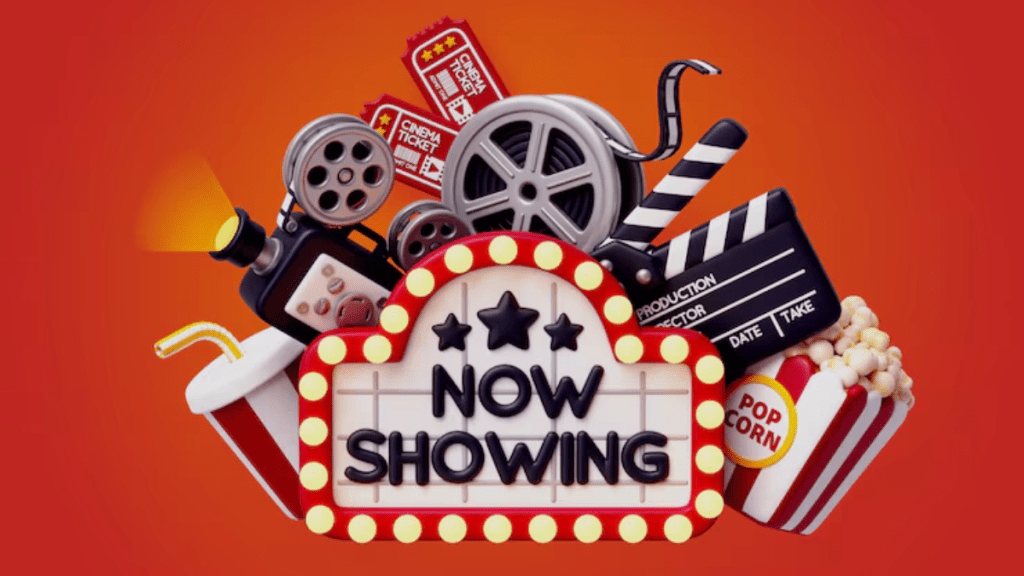Before the release of Final Destination’s latest sequel, Warner Bros. rolled out a fleet of logging trucks across 12 countries, each one a callback to a famously traumatic highway death sequence from the Final Destination franchise. The result was instant. The campaign for Final Destination: Bloodlines racked up 83 million social media impressions within 72 hours. That was just the beginning.
A 25-hour “Death Stream” marathon across Twitch and YouTube followed, attracting 6.8 million concurrent viewers and bringing in $2.3 million in direct sponsorship revenue. The entire campaign, which cost $18 million, drove a record-breaking $102 million global opening weekend and contributed to the film’s climb past the $229 million mark within weeks.

What once relied heavily on teasers, trailers, and static promotions now operates more like a multi-platform ecosystem. And Indian studios are leaning into this shift with remarkable agility. “Trailers offer a moment, but they don’t build momentum,” Aanya Jain, co-founder of RunFrenzy, a creative studio that works with streaming platforms and production houses, told financialexpress.com “Sustaining interest requires layered storytelling. Post-launch podcast drops, character POV reels, interactive filters, all of this is designed to deepen fan engagement.” The emphasis today is on extending the narrative. Studios are no longer just marketing a film, they’re marketing a universe. And that universe begins building long before release, and increasingly, continues well after the closing credits roll.
Fans are now part of the campaign
While Bloodlines used fear as a marketing tool, Indian blockbusters have built their success on fandom participation. When Pathaan released in early 2023, its marketing campaign was largely fan-led. Supporters organised 327 blood donation camps, painted murals, and generated over 1.2 million TikTok videos. The film’s production house reportedly saved Rs 85–100 crore in traditional marketing spends and instead earned Rs 2,300 crore in media value through organic, community-driven campaigns.
Jawan, which followed in the same year, took the model further. A Rs 65 crore marketing spend returned over Rs 1,148 crore globally. The campaign included 28 million Instagram Reels using the #JawanChallenge hashtag and 23 brand collaborations with companies such as Boat and Myntra. “Today’s audiences live online,” Sushilkumar Agrawal, CEO of Ultra Media & Entertainment Group, noted. “If a campaign doesn’t hook them in the first few seconds, they’re already on to the next thing. That’s why content must feel personalised and participatory.”
The role of physical events and digital hybrids
Studios are increasingly partnering with platforms like Comic Con India to create hybrid campaigns that extend both physically and digitally. “Fans today are not just consumers, they’re creators,” Shefali Johnson, CEO of Comic Con India, said. “From cosplay contests to interactive booths, our events offer physical experiences that are instantly transformed into digital campaigns through fan-generated content.”
One such instance was during the Indian premiere of Deadpool & Wolverine (2024), where hundreds of fans dressed as the titular characters created a viral moment online. A song from the film, “Bye Bye Bye” by NSYNC, became an audio trend used across fan-made reels, transition edits, and parody clips, most of it organically generated yet highly impactful for visibility. For Comic Con, key campaign metrics now include cosplay turnout, hashtag longevity, on-ground footfall, and repeat content creation by fans.
Data-driven storytelling and regional segmentation
Beyond visibility, studios are also becoming more data-responsive. Pathaan’s team, for example, tracked 2.3 million QR code scans from murals to identify which regions showed the most traction. This data informed print allocations and regional marketing bursts. KGF: Chapter 2’s jingle campaign reached 42 million radio listeners across 146 stations and was linked to 18% of its opening-day footfall.
“The fragmentation of audience tastes means a single trailer cannot cater to everyone,” Rajeev Kheror, US CEO, Lytus Studios, said. “We now monitor real-time sentiment, tweak messaging mid-campaign, and segment platforms by demographic. It’s less about the big reveal and more about strategic rollout.”
Perhaps the most significant shift is in how campaigns are being designed to run after release. “Post-release engagement is harder to quantify but more revealing,” Jain notes. “We measure fan-made content, comment sentiment, meme adoption, and rewatch spikes. These show whether the film has achieved cultural stickiness.” Studios now prepare modular content, BTS footage, deleted scenes, voice notes, and cast reactions that can be released gradually to keep conversations alive weeks after a film debuts. This approach has also become vital for OTT syndication and satellite rights, where extended engagement translates directly into viewer retention.
Film marketing today is no longer defined by a single trailer drop or weekend blitz. Instead, it has become a sustained dialogue between the content, its creators, and the community it reaches. “The story doesn’t end with the film,” Kheror observed. “In some ways, it begins there.”
As attention spans shorten and content choices multiply, marketing strategies that rely on one-shot promotions are quickly becoming obsolete. Instead, the industry is learning to plan for long-term audience engagement, where trailers spark curiosity, but it is the story beyond the trailer that builds loyalty.
